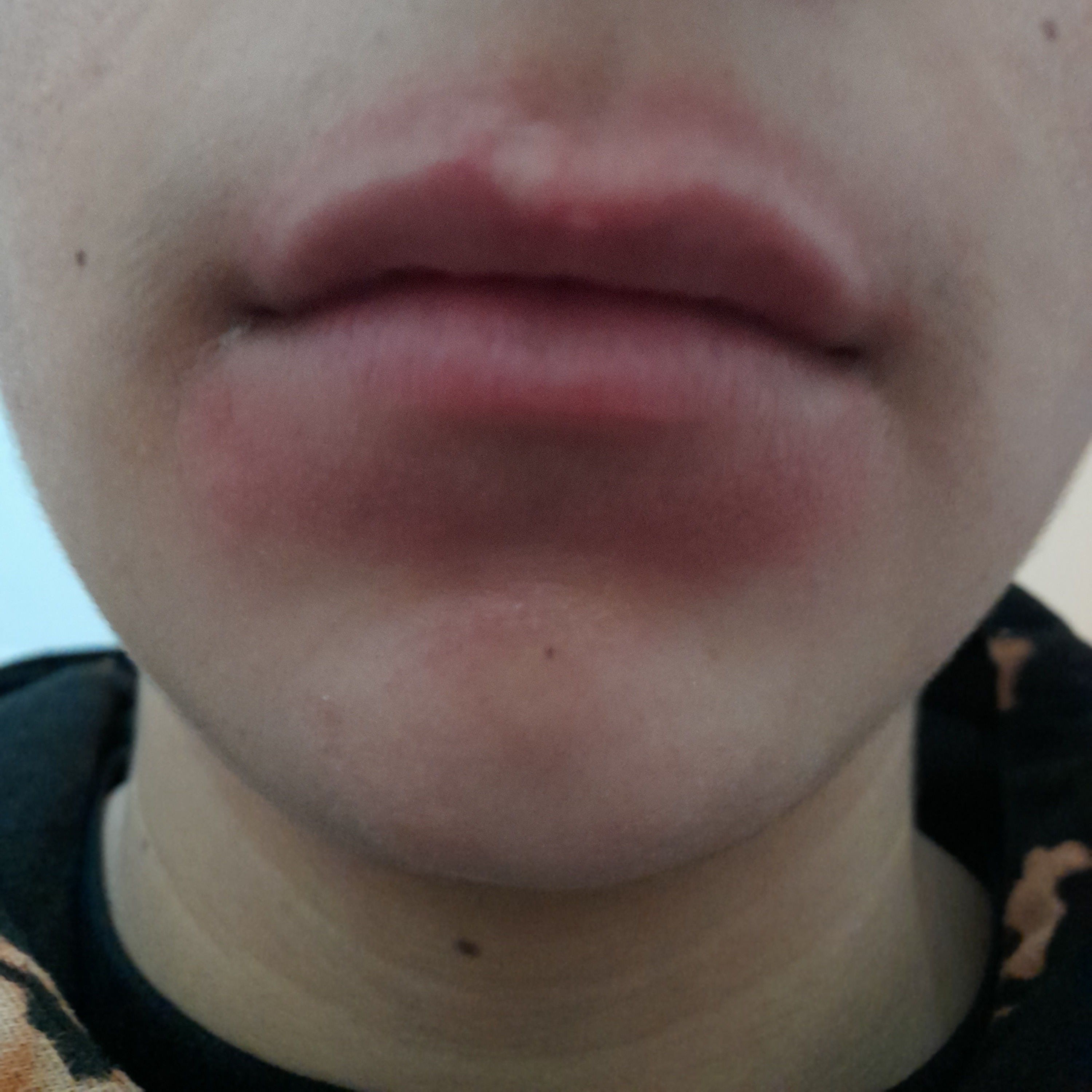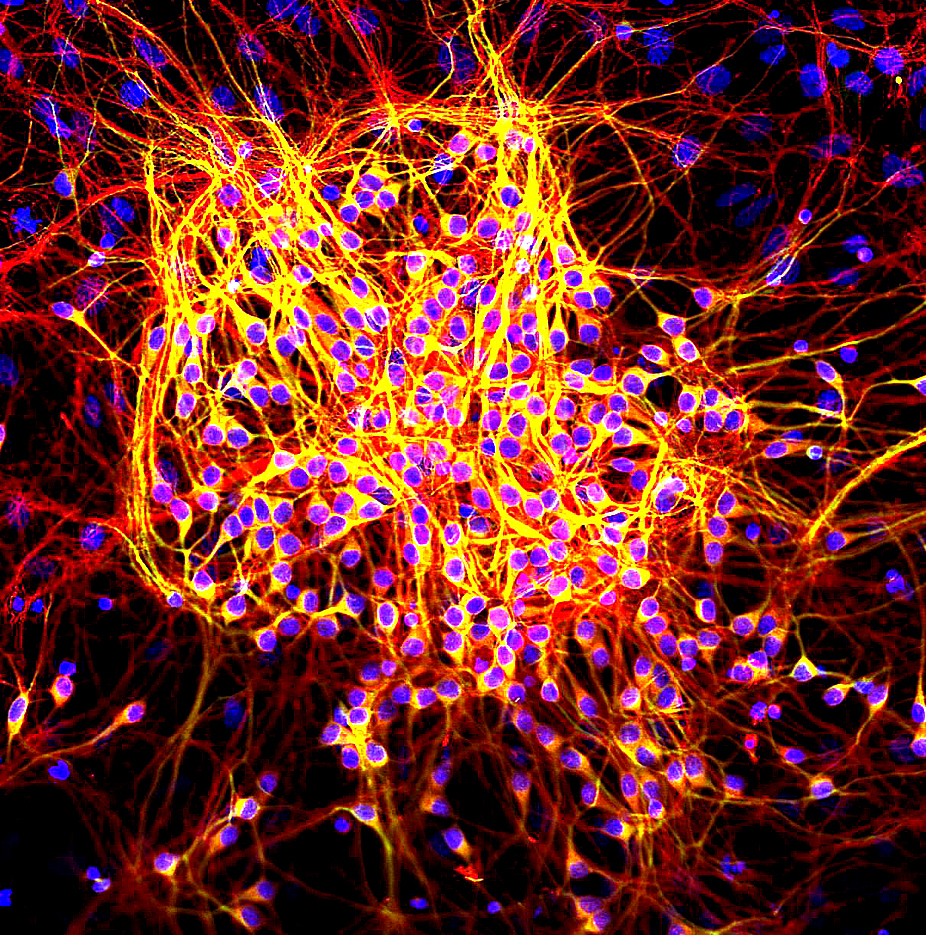|
Human Alphaherpesvirus 1
''Human alphaherpesvirus 1'' (HHV-1) is a species of virus in the genus ''Simplexvirus'', subfamily ''Alphaherpesvirinae'', family ''Herpesviridae'', and order ''Herpesvirales''. Evolution The ''Human alphaherpesvirus 1'' virus can be classified into six clades. Four of these occur in East Africa, one in East Asia and one in Europe and North America. This suggests that the virus may have originated in East Africa. The most recent common ancestor of the Eurasian strains appears to have evolved ~60,000 years ago. Pathology ''Human alphaherpesvirus 1'' infects humans, most often as cold sores. It is very common and contagious; about 67% of the world population under the age of 50 has ''Human alphaherpesvirus 1''. It is often acquired orally during childhood. It may also be sexually transmitted, including contact with saliva, such as kissing and mouth-to-genital contact (oral sex). The virus tends to reside in the trigeminal ganglia. This species appears to be particularly dama ... [...More Info...] [...Related Items...] OR: [Wikipedia] [Google] [Baidu] |
Simplexvirus
''Simplexvirus'' is a genus of viruses in the order ''Herpesvirales'', in the family ''Herpesviridae'', in the subfamily ''Alphaherpesvirinae''. Humans and mammals serve as natural hosts. Diseases associated with this genus include skin vesicles or mucosal ulcers, rarely encephalitis, and meningitis. Species The following 15 species are assigned to the genus: * '' Ateline alphaherpesvirus 1'' * '' Bovine alphaherpesvirus 2'' * '' Cercopithecine alphaherpesvirus 2'' * ''Human alphaherpesvirus 1'' * '' Human alphaherpesvirus 2'' * '' Leporid alphaherpesvirus 4'' * ''Macacine alphaherpesvirus 1'' * '' Macacine alphaherpesvirus 2'' * '' Macacine alphaherpesvirus 3'' * ''Macropodid alphaherpesvirus 1'' * ''Macropodid alphaherpesvirus 2 ''Macropodid alphaherpesvirus 2'' (MaHV-2) is a species of herpesvirus in the genus ''Simplexvirus''. It was officially accepted as a valid species by the International Committee on Taxonomy of Viruses in 2004. Hosts ''Macropodid alphaherpe ... ... [...More Info...] [...Related Items...] OR: [Wikipedia] [Google] [Baidu] |
Herpes Labialis
Herpes labialis, commonly known as cold sores or fever blisters, is a type of infection by the herpes simplex virus that affects primarily the lip. Symptoms typically include a burning pain followed by small blisters or sores. The first attack may also be accompanied by fever, sore throat, and enlarged lymph nodes. The rash usually heals within ten days, but the virus remains dormant in the trigeminal ganglion. The virus may periodically reactivate to create another outbreak of sores in the mouth or lip. The cause is usually herpes simplex virus type 1 (HSV-1) and occasionally herpes simplex virus type 2 (HSV-2). The infection is typically spread between people by direct non-sexual contact. Attacks can be triggered by sunlight, fever, psychological stress, or a menstrual period. Direct contact with the genitals can result in genital herpes. Diagnosis is usually based on symptoms but can be confirmed with specific testing. Prevention includes avoiding kissing or using the ... [...More Info...] [...Related Items...] OR: [Wikipedia] [Google] [Baidu] |
2,3-Bis(acetylmercaptomethyl)quinoxaline
2,3-Bis(acetylmercaptomethyl)quinoxaline is an antiviral agent which can inhibits poliovirus RNA synthesis ''in vitro'' and ''in vivo'' and inhibits human herpesvirus 1 multiplication ''in vitro''. It does not interfere with attachment, penetration or DNA synthesis DNA synthesis is the natural or artificial creation of deoxyribonucleic acid (DNA) molecules. DNA is a macromolecule made up of nucleotide units, which are linked by covalent bonds and hydrogen bonds, in a repeating structure. DNA synthesis occur ..., but interrupts a late stage in virus assembly and/or maturation. References Quinoxalines Thioesters Antiviral drugs {{organic-compound-stub ... [...More Info...] [...Related Items...] OR: [Wikipedia] [Google] [Baidu] |
Tau Protein
The tau proteins (abbreviated from tubulin associated unit) are a group of six highly soluble protein isoforms produced by alternative splicing from the gene ''MAPT'' (microtubule-associated protein tau). They have roles primarily in maintaining the stability of microtubules in axons and are abundant in the neurons of the central nervous system (CNS), where the cerebral cortex has the highest abundance. They are less common elsewhere but are also expressed at very low levels in CNS astrocytes and oligodendrocytes. Pathologies and dementias of the nervous system such as Alzheimer's disease and Parkinson's disease are associated with tau proteins that have become hyperphosphorylated insoluble aggregates called neurofibrillary tangles. The tau proteins were identified in 1975 as heat-stable proteins essential for microtubule assembly, and since then they have been characterized as intrinsically disordered proteins. Function Microtubule stabilization Tau proteins are found mo ... [...More Info...] [...Related Items...] OR: [Wikipedia] [Google] [Baidu] |
Amyloid Beta
Amyloid beta (Aβ or Abeta) denotes peptides of 36–43 amino acids that are the main component of the amyloid plaques found in the brains of people with Alzheimer's disease. The peptides derive from the amyloid precursor protein (APP), which is cleaved by beta secretase and gamma secretase to yield Aβ in a cholesterol-dependent process and substrate presentation. Aβ molecules can aggregate to form flexible soluble oligomers which may exist in several forms. It is now believed that certain misfolded oligomers (known as "seeds") can induce other Aβ molecules to also take the misfolded oligomeric form, leading to a chain reaction akin to a prion infection. The oligomers are toxic to nerve cells. The other protein implicated in Alzheimer's disease, tau protein, also forms such prion-like misfolded oligomers, and there is some evidence that misfolded Aβ can induce tau to misfold. A study has suggested that APP and its amyloid potential is of ancient origins, dating as far back a ... [...More Info...] [...Related Items...] OR: [Wikipedia] [Google] [Baidu] |
Lipoproteins
A lipoprotein is a biochemical assembly whose primary function is to transport hydrophobic lipid (also known as fat) molecules in water, as in blood plasma or other extracellular fluids. They consist of a triglyceride and cholesterol center, surrounded by a phospholipid outer shell, with the hydrophilic portions oriented outward toward the surrounding water and lipophilic portions oriented inward toward the lipid center. A special kind of protein, called apolipoprotein, is embedded in the outer shell, both stabilising the complex and giving it a functional identity that determines its role. Many enzymes, transporters, structural proteins, antigens, adhesins, and toxins are lipoproteins. Examples include plasma lipoprotein particles ( HDL, LDL, IDL, VLDL and chylomicrons). Subgroups of these plasma particles are primary drivers or modulators of atherosclerosis. Scope Transmembrane lipoproteins Some transmembrane proteolipids, especially those found in bacteria, are referred t ... [...More Info...] [...Related Items...] OR: [Wikipedia] [Google] [Baidu] |
Trigeminal Ganglion
A trigeminal ganglion (or Gasserian ganglion, or semilunar ganglion, or Gasser's ganglion) is the sensory ganglion at the base of each of the two trigeminal nerves (CN V), occupying a cavity (Meckel's cave) in the dura mater, covering the trigeminal impression near the apex of the petrous part of the temporal bone. Structure It is somewhat crescent-shaped, with its convexity directed forward: Medially, it is in relation with the internal carotid artery and the posterior part of the cavernous sinus. The motor root runs in front of and medial to the sensory root, and passes beneath the ganglion; it leaves the skull through the foramen ovale, and, immediately below this foramen, joins the mandibular nerve. The greater superficial petrosal nerve lies also underneath the ganglion. The ganglion receives, on its medial side, filaments from the carotid plexus of the sympathetic. It gives off minute branches to the tentorium cerebelli, and to the dura mater in the middle fossa of th ... [...More Info...] [...Related Items...] OR: [Wikipedia] [Google] [Baidu] |
Oral Sex
Oral sex, sometimes referred to as oral intercourse, is sexual activity involving the stimulation of the genitalia of a person by another person using the mouth (including the lips, tongue, or teeth) and the throat. Cunnilingus is oral sex performed on the vulva or vagina, while fellatio is oral sex performed on the penis. Anilingus, another form of oral sex, is oral stimulation of the anus. Oral sex may be performed as foreplay to incite sexual arousal before other sexual activities (such as vaginal or anal intercourse), or as an erotic and physically intimate act in its own right. Like most forms of sexual activity, oral sex can pose a risk for contracting sexually transmitted infections (STIs/STDs). However, the transmission risk for oral sex, especially HIV transmission, is significantly lower than for vaginal or anal sex. Oral sex is often regarded as taboo, but most countries do not have laws which ban the practice. Commonly, people do not regard oral sex as affectin ... [...More Info...] [...Related Items...] OR: [Wikipedia] [Google] [Baidu] |
Kissing
A kiss is the touch or pressing of one's lips against another person or an object. Cultural connotations of kissing vary widely. Depending on the culture and context, a kiss can express sentiments of love, passion, romance, sexual attraction, sexual activity, sexual arousal, affection, respect, greeting, friendship, peace, and good luck, among many others. In some situations, a kiss is a ritual, formal or symbolic gesture indicating devotion, respect, or a sacramental. The word came from Old English '' cyssan'' (" to kiss"), in turn from ''coss '' ("a kiss"). History Anthropologists disagree on whether kissing is an instinctual or learned behaviour. Those that believe kissing to be an instinctual behaviour, cite similar behaviours in other animals such as bonobos, which are known to kiss after fighting - possibly to restore peace. Others believe that it is a learned behaviour, having evolved from activities such as suckling or premastication in early human cultures passe ... [...More Info...] [...Related Items...] OR: [Wikipedia] [Google] [Baidu] |
Most Recent Common Ancestor
In biology and genetic genealogy, the most recent common ancestor (MRCA), also known as the last common ancestor (LCA) or concestor, of a set of organisms is the most recent individual from which all the organisms of the set are descended. The term is also used in reference to the ancestry of groups of genes (haplotypes) rather than organisms. The MRCA of a set of individuals can sometimes be determined by referring to an established pedigree. However, in general, it is impossible to identify the exact MRCA of a large set of individuals, but an estimate of the time at which the MRCA lived can often be given. Such ''time to most recent common ancestor'' (''TMRCA'') estimates can be given based on DNA test results and established mutation rates as practiced in genetic genealogy, or by reference to a non-genetic, mathematical model or computer simulation. In organisms using sexual reproduction, the ''matrilineal MRCA'' and ''patrilineal MRCA'' are the MRCAs of a given population ... [...More Info...] [...Related Items...] OR: [Wikipedia] [Google] [Baidu] |
Alphaherpesvirinae
''Alphaherpesvirinae'' is a subfamily of viruses in the family ''Herpesviridae'', primarily distinguished by reproducing more quickly than other subfamilies in the ''Herpesviridae''. In animal virology the most important herpesviruses belong to the Alphaherpesvirinae. Pseudorabies virus is the causative agent of Aujeszky's disease in pigs and ''Bovine herpesvirus 1'' is the causative agent of bovine infectious rhinotracheitis and pustular vulvovaginitis. Mammals serve as natural hosts. There are currently 45 species in this subfamily, divided among 5 genera with one species unassigned to a genus. Diseases associated with this subfamily include: HHV-1 and HHV-2: skin vesicles or mucosal ulcers, rarely encephalitis and meningitis, HHV-3: chickenpox (varicella) and shingles, GaHV-2: Marek's disease. Genera ''Alphaherpesvirinae'' consists of the following five genera: * ''Iltovirus'' * ''Mardivirus'' * ''Scutavirus'' * ''Simplexvirus'' * ''Varicellovirus'' The species ''Chelo ... [...More Info...] [...Related Items...] OR: [Wikipedia] [Google] [Baidu] |
North America
North America is a continent in the Northern Hemisphere and almost entirely within the Western Hemisphere. It is bordered to the north by the Arctic Ocean, to the east by the Atlantic Ocean, to the southeast by South America and the Caribbean Sea, and to the west and south by the Pacific Ocean. Because it is on the North American Plate, North American Tectonic Plate, Greenland is included as a part of North America geographically. North America covers an area of about , about 16.5% of Earth's land area and about 4.8% of its total surface. North America is the third-largest continent by area, following Asia and Africa, and the list of continents and continental subregions by population, fourth by population after Asia, Africa, and Europe. In 2013, its population was estimated at nearly 579 million people in List of sovereign states and dependent territories in North America, 23 independent states, or about 7.5% of the world's population. In Americas (terminology)#Human ge ... [...More Info...] [...Related Items...] OR: [Wikipedia] [Google] [Baidu] |




.jpg)
.jpg)